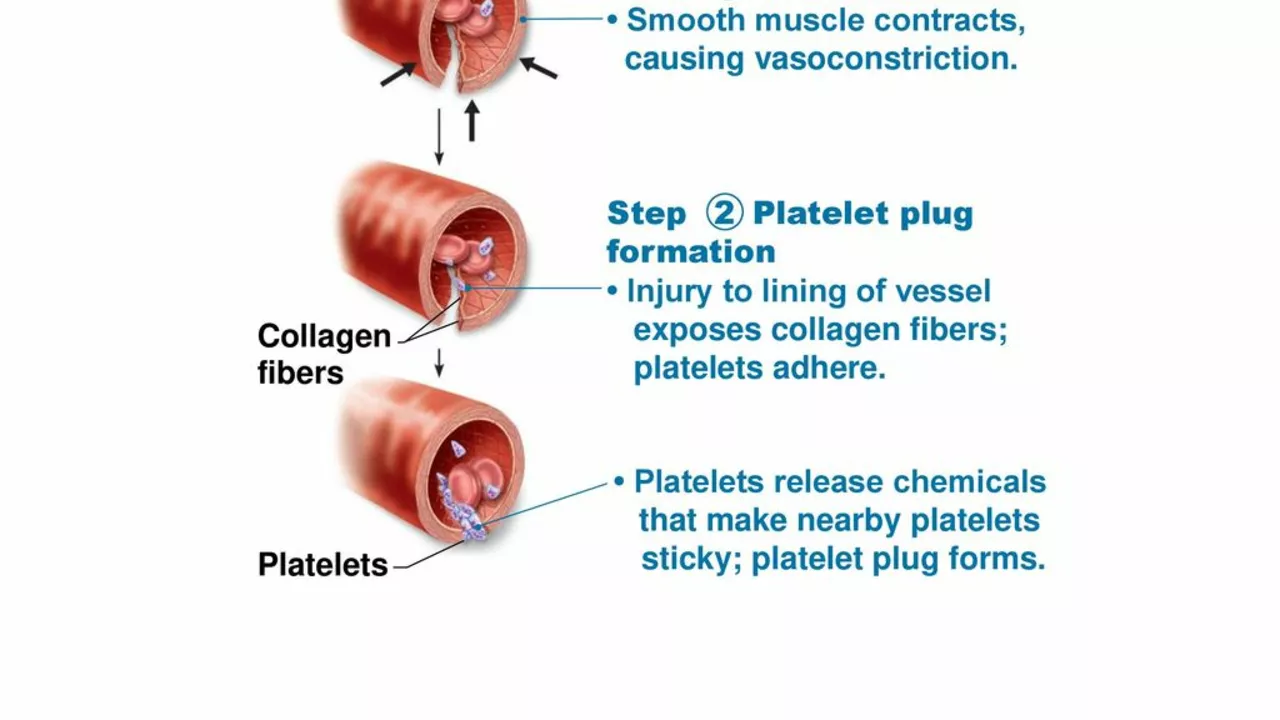Blood Clots Prevention: Simple Steps to Lower Your Risk
Blood clots can start quietly and become an emergency fast. Deep vein thrombosis (DVT) usually forms in a leg and can travel to the lungs as a pulmonary embolism (PE). Knowing risk factors and everyday steps cuts your chance of trouble.
Who is more likely to get a clot? Long immobility — like a flight or road trip over four hours — raises risk. Recent surgery, especially on hips or knees, raises risk. Cancer, obesity, smoking, pregnancy, and some genetic conditions also increase risk. Hormone pills and some cancer treatments add danger, too. If you have atrial fibrillation, clots can form in the heart and cause stroke.
What you can do right now. Move every hour when sitting for long stretches. Stand, walk, or do calf raises for a few minutes. Drink plain water and skip alcohol when traveling; dehydration thickens blood. Wear loose clothing and avoid crossing your legs for long periods. Maintain a healthy weight, stay active most days, and quit smoking.
Travel tips that actually help. On flights or long drives, set an alarm to move every 60 minutes. Do ankle circles and heel-toe lifts while seated. If you have risk factors, talk to your doctor before travel — they may recommend compression stockings or a short course of blood thinners. Compression stockings reduce swelling and help blood flow in the calves; choose knee-high stockings with the right fit.
When medicine helps. For people with high risk, doctors prescribe anticoagulants like warfarin or direct oral anticoagulants. These meds lower clot odds but can cause bleeding, so follow dosing instructions and lab checks. Do not stop or start any blood thinner without talking to your clinician.
After surgery or during hospital stays, hospitals often use short-term blood thinners and encourage early walking. If you are having surgery, ask the team about clot prevention plans. Pregnant women with a clotting history should have a clear plan with their obstetrician.
Warning signs to act on. Sudden leg pain, swelling, redness, or warmth can mean DVT. Sudden shortness of breath, sharp chest pain, lightheadedness, or coughing blood are red flags for PE. These require immediate emergency care.
Quick Checklist
Before travel or surgery, review your risk with a doctor. Pack compression stockings if advised. Keep moving and set hourly reminders. Drink water and skip excess alcohol. If you take anticoagulants, carry a medication list and follow dosing. Wear comfortable shoes and loose clothing. Quit smoking and work on weight loss if your BMI is high. Control blood pressure, diabetes, and cholesterol with meds and diet. Know emergency signs and have a plan to get urgent care. Small habits now prevent big problems later. Share your plan with family or travel partner.

How to prevent the formation of blood clots: tips for a healthier lifestyle
Hey there, my health-savvy readers! Let's unravel the mystery of preventing those sneaky blood clots, shall we? Step one: Move that body. It's not just about looking good in those jeans, it keeps your blood flowing too! Hydration is the key, drink water like it's going out of style. And remember, a balanced diet is a happy diet. It's your secret weapon against blood clots. Lastly, if you smoke, kick that habit to the curb! It's like a free upgrade for your health. So, let's get clots off our guest list and invite health to the party instead!
August 2 2023